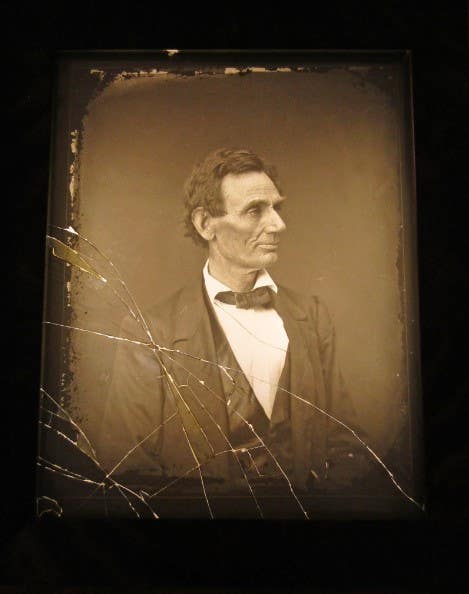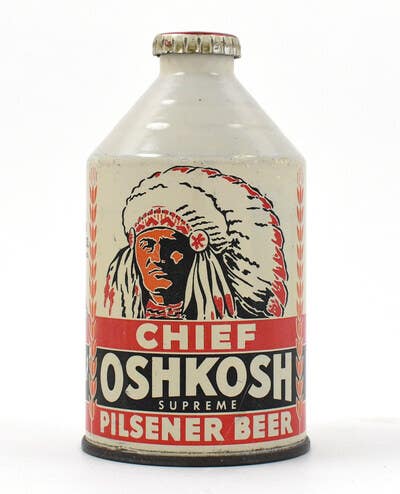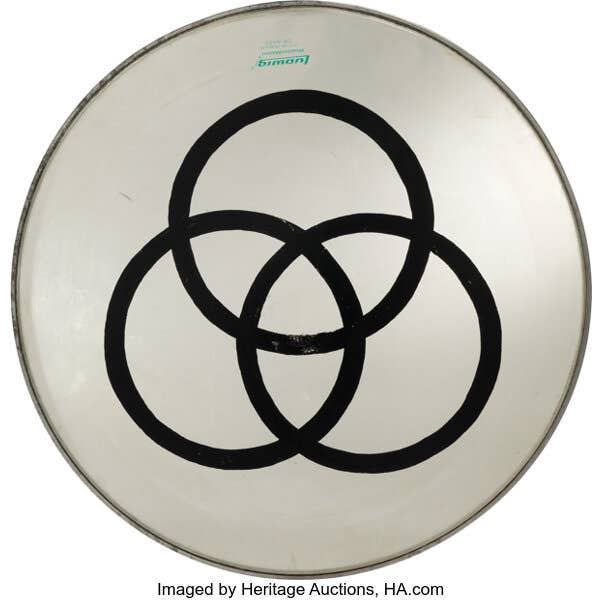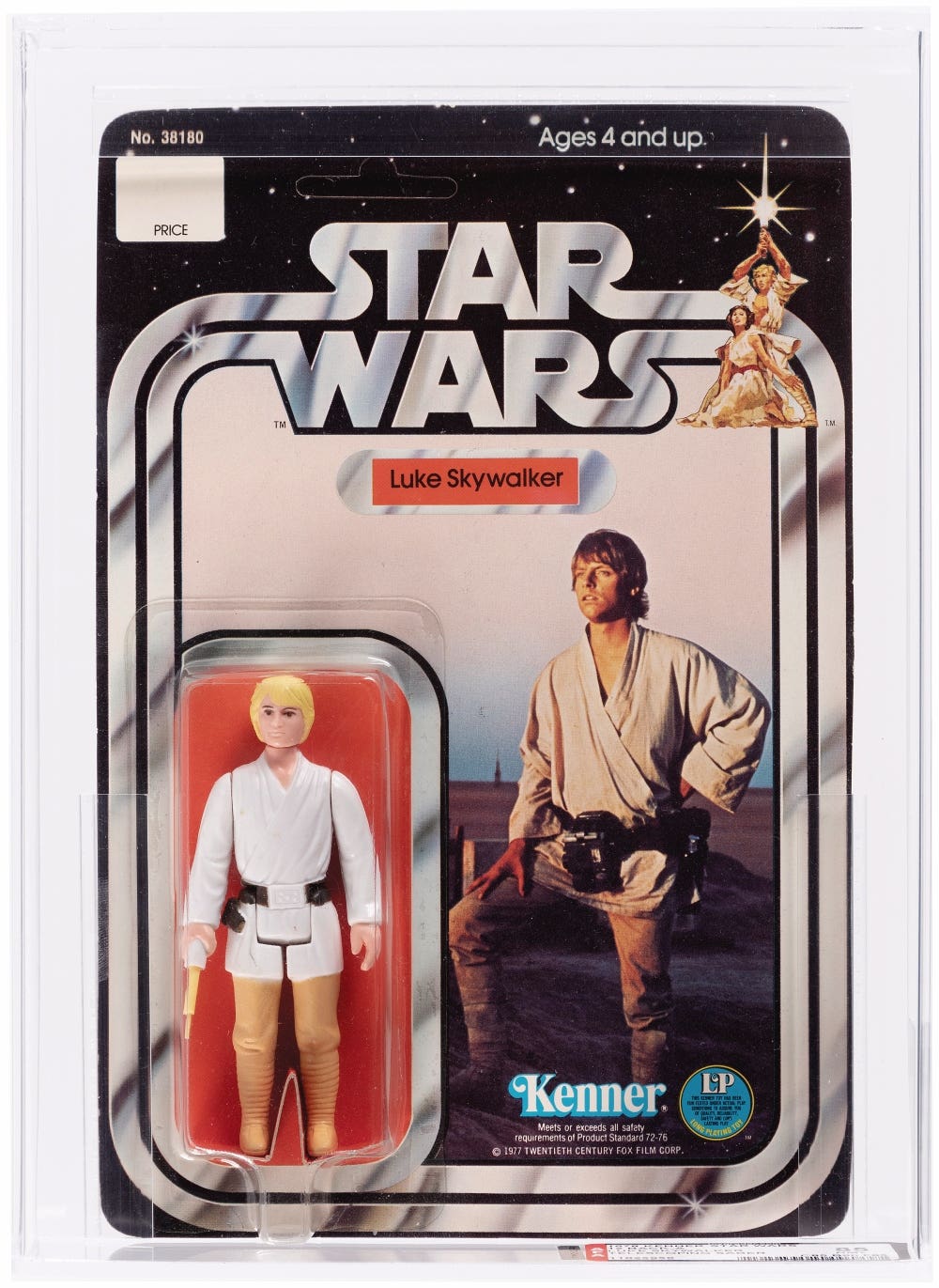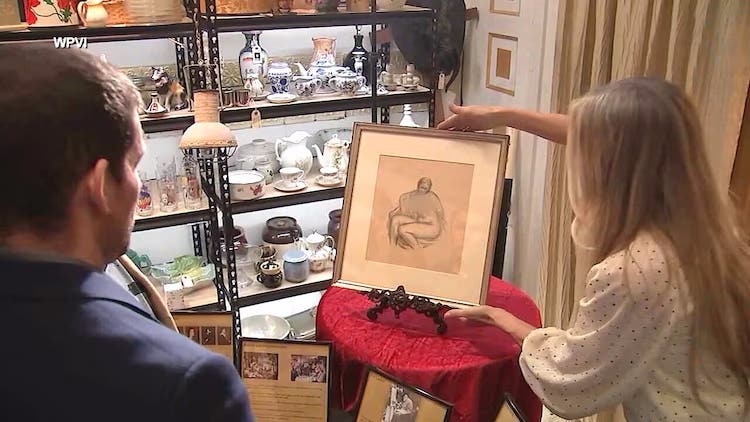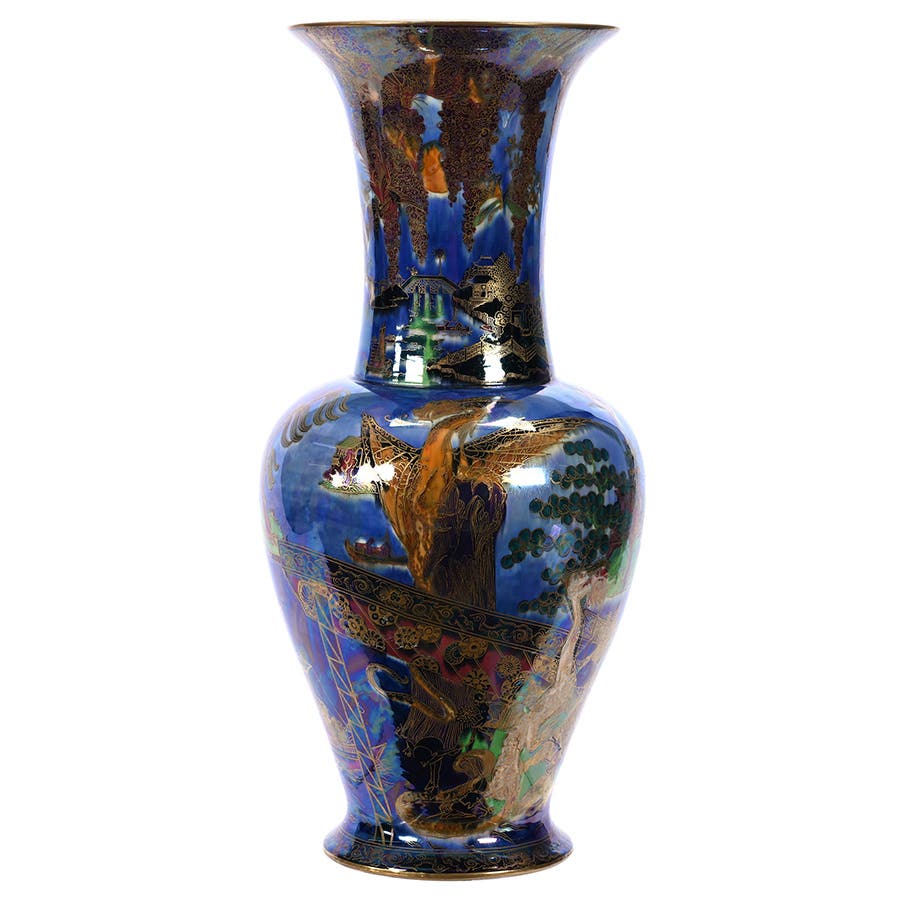Japanese cloisonne World’s Fair vase rediscovered at fish market
For over 100 years, no one was aware that a spectacular Japanese cloisonne vase was a work of art created for the 1893 Columbian Exposition in Chicago. Now, it’s headed to auction.
OAKLAND, Calif. – For over 100 years, a monumental 8-foot Japanese cloisonné vase reigned as the centerpiece in the main dining room of Spenger’s Fresh Fish Grotto in Berkeley, California. The fish market was one of the San Francisco Bay Area’s oldest restaurants.
And, for over 100 years, no one was aware that this vase was one of Japan’s most spectacular works of art created for the 1893 Columbian Exposition in Chicago. On Feb. 17, 2019, Clars Auction Gallery of Oakland, California, will be presenting this historic vase to the world market on behalf of the Spenger Family.
The creation of the Japanese cloisonne triptych
This vase was created as part of a triptych composed of two vases that each stood over 8 feet high centered by a censer, mounted on carved bases made of keyaki wood to celebrate Japan’s entry into the modern era. Together, this triptych was the largest example of cloisonné enamel made through that date.
The design of the vases was conceived by Shin Shinwoda, the Special Counselor for Arts of the Imperial Commission to the Exposition. Their manufacture was undertaken by Shirozayemon Suzuki, of Yokohama, with the co-operation of Seizayemon Tsunekawa of Nagoya. The original design was painted by Kanpo Araki of Tokyo, and the black ink sketch on the copper body was made by Kiosai Oda of Nagoya. The men directly in charge of making the vases were Gisaburo Tsukamoto and Kihio ye Hayashi, of Toshim.
It took this team of artists and manufacturers more than four years to complete this project. Upon completion, it was viewed and approved personally by Japanese Emperor Mutsuhito (posthumous name: Emperor Meiji).
The extravagant designs on the vases were inspired by Japan’s changing vision of itself in the world, reflecting the country’s evolution into a more modern and global status, now referred to as Meiji Modernity.
Today, the censer resides in the collection of Hirose Atsushi at the Tokyo National Museum. The “other” vase resides in the Khalili Collection at Oxford and since 1895 up until now, the second vase was considered “missing.”
It had however, been quietly residing in the main dining room at Spenger’s Fresh Fish Grotto in Berkeley, California.
The history of the Japanese cloisonne vase in the Spenger collection
The story of the missing cloisonne vase begins to unfold in 1892. This is when Michael H. de Young of San Francisco was appointed as a national commissioner to the 1893 Columbian Exposition by President Benjamin Harrison. De Young was a businessman and journalist who founded the San Francisco Chronicle newspaper and the de Young Museum.
Through this position, de Young saw the opportunity to stimulate California’s economy by proposing an 1894 California Midwinter Fair. The fair was held the following winter in Golden Gate Park in San Francisco, California.
Following the Chicago World’s Fair, de Young brought one of the Japanese cloisonné vases to San Francisco for exhibition at the Midwinter Fair. It was at this point, following the fair, that Frank Spenger, avid collector and owner of Spenger’s Restaurant in Berkeley, bought this one vase from Michael de Young. He placed it inside the main dining room where it has remained until October 2018.
The neck of this vase is decorated in a design of stars, stripes and maple leaves interwoven with chrysanthemum flowers. The body is adorned with a dragon among clouds on the front. The back features a design of plover circling over waves. The vase still stands mounted on its carved keyaki wood base. Its presale estimate is $30,000 to $50,000.
Deric Torres, vice president of Decorative Arts and Furnishings for Clars, is handling this estate for the Spenger family. He extends his gratitude to the experts who were instrumental in his research on the history of this Japanese cloisonne vase and the triptych. They are: Judith Snodgrass, associate professor, Western Sydney University, Australia; Dr. Rodger Birt, professor emeritus, College of Humanities, San Francisco State University; Dr. Marvin Nathan, professor emeritus, College of Humanities, San Francisco State University.
About the Feb. 17 auction
The Japanese cloisonné vase is offered at auction on Feb. 17. It is a featured lot in Clars’ Fine Art, Decorative Art, Furniture, Jewelry and Asian Art Auction. In addition to the vase, there is a nautical collection and the rare Star of Denmark 34 carat diamond ring. These are also consigned from the Spenger Fresh Fish Grotto Collection. The sale begins at 9:30 a.m.
Bidding is available in person, by phone, absentee and live online at Live.Clars.com, Liveauctioneers.com, and Invaluable.com. Clars Auction Gallery is located at 5644 Telegraph Avenue, Oakland, CA 94609. For more information, visit www.clars.com or email info@clars.com.
AntiqueTrader.com is a participant in the Amazon Services LLC Associates Program, an affiliate advertising program designed to provide a means for sites to earn advertising fees by advertising and linking to Amazon.com and affiliated websites.



